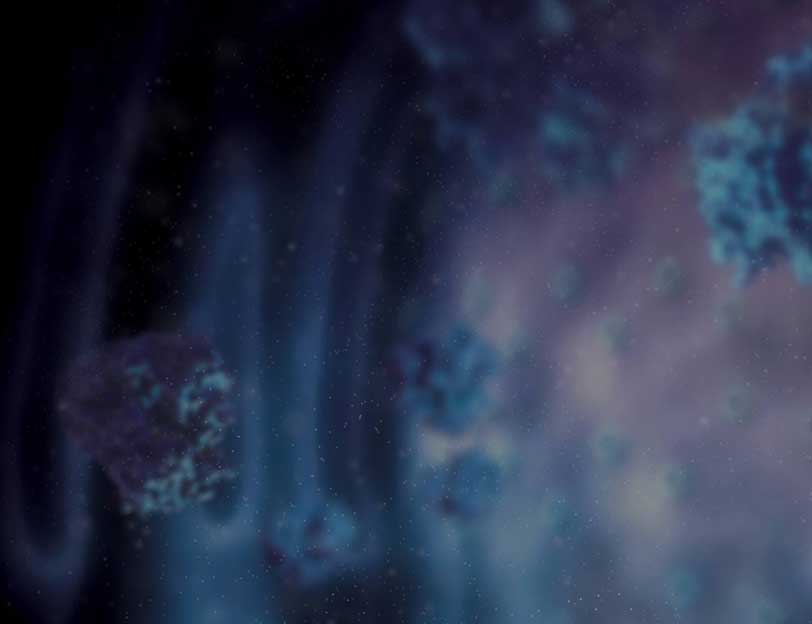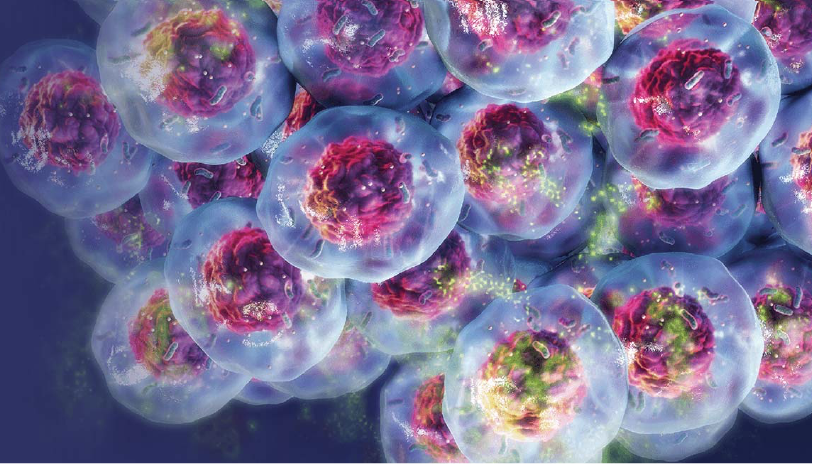Cell Biology
Cell biology, the study of the structure and function of the cell, encompasses many research areas. Cell biology researchers study molecular processes within the cell, including how these processes function in health and disease, how cells survive, proliferate and die, and how cells interact with each other and with their environment.
Promega cell biology products include bioassays for biologics drug discovery, cell health assays, reagents to detect and quantify the activity of signaling pathways, energy metabolism assays, oxidative stress assays, and products to confirm the identity of cell lines. We also provide microplate readers optimized for use with our luminescence- and fluorescence-based assays.
Cell Biology Basics
Cell biology assays are used with cells grown in vitro to help researchers answer questions about the structure and function of cells and cellular components. Techniques used include methods to measure metabolic activity, cell signaling pathways, and regulation of gene expression, and to characterize the physiological changes associated with cell death. Assays for cell biology detect and measure these fundamental cellular processes and are used across many research, applied science and drug discovery applications.
Cell biology assays can be used with cellular model systems including :
- monolayer cell cultures – any cell type grown on a dish. Cell types include cells that grow in a suspension or adhered to the surface of the dish
- 3D microtissues – cells grown in a spheroid shape, using various means to create the 3D structure
- primary cells – cells isolated directly from an organism
- cancer and other immortalized cell lines – cell lines that grow continuously in vitro due to aberrant signaling mechanics
- stem cells – cells isolated in a variety of ways that retain the ability to differentiate into multiple different cell types
Many cell-based and biochemical assays use bioluminescence to detect specific cellular events. Bioluminescence chemistries are increasingly popular in a variety of bioanalytical methods because they can deliver 10- to 1,000-fold higher assay sensitivity than fluorescence assays. This greatly increased sensitivity can substantially improve assay performance when applied in complex biological samples common to cell biology applications. Bioluminescence chemistry can be applied to multiple assay types in cell biology research, including reporter assays where genetic content is delivered using transfection-based methods, and cell signaling, cell viability and cytotoxicity assays that do not require cell engineering.
Cell Biology Product Categories
Bioassays
Functional bioassays for immune checkpoint, fc-effector, T cell activation and cytokine and growth factor activities.
Cell Health Assays
Assays to measure apoptosis, viability, cytotoxicity and inflammation.
Cell Signaling
Sensitive, scalable systems for detection of kinase activity and other signaling events.
Energy Metabolism
Metabolic activity assays, including glucose uptake, oxidative stress and dinucleotide detection.
Plate Readers, Luminometers and Fluorometers
High-performance, easy-to-use detection systems designed to work seamlessly with Promega assays.
Reporter Assays
Reporter assays and vectors, luciferase-expressing cell lines and transfection reagents.



